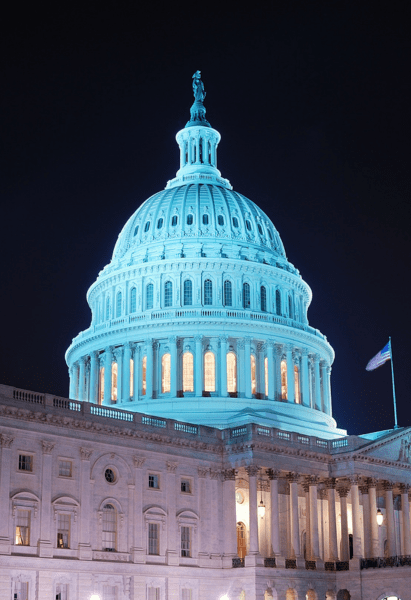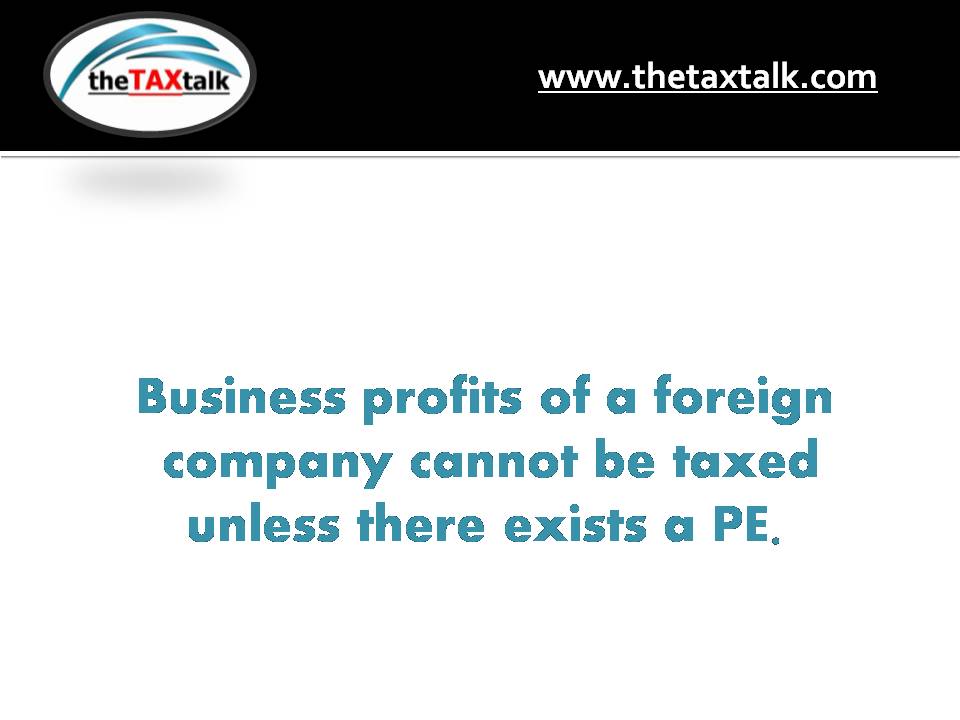Ever since President Biden’s loan cancellation plan was struck down by the Supreme Court, borrowers have been preparing for the end of the student loan payment pause that started March 2020.
And since it’s been more than three years since millions of borrowers have had to make student loan payments, many are struggling to figure out how to work in an extra loan payment every month.
Read below to see how to prepare yourself for student loan payments restarting this month after a three-plus years pause.
What to know about student loan payments restarting
Log onto your account
Due to COVID-19, many loan servicers have transferred borrower accounts to other lenders. If you are not sure where to find your student loans, go to www.studentaid.gov and log on to find your account.
You may have more than one lender, especially if you took out loans for both undergrad and grad school. Log in with each of your lenders and confirm that you know all of your account information, like your username and password.
Check your due date
The most important thing to figure out is when your first payment is actually due. Payments will officially be due starting in October 2023, but you should know your exact due date.
Determine your monthly payment
Once you have your due date, figure out if you can afford to make that first payment. If you’re on a standard repayment plan, your monthly payment should not have changed since payments were initially paused. Your online account should clearly state what the upcoming monthly payment will be.
However, if you were one of many borrowers who was on an income-driven repayment plan, then you may have to recertify your income and family size to determine your new monthly payment.
Certifying your income means updating what your current income is. For example, if you are currently unemployed, then your income will be $0.
You should consider signing up for automatic payments, which means that the monthly amount due will be directly withdrawn from your bank account on the due date. Federal student loans and many private student loan companies offer a 0.25% interest rate discount if you enroll in autopay.
Using autopay means you can avoid late payments, which can affect your credit score and cause you to incur pricey late fees.
Switch to an income-driven repayment plan
Inflation has risen sharply since 2020 making everything – housing, gas, groceries – more expensive. And if your salary has failed to keep up with inflation, then you may need a lower student loan payment to make your budget work.
Federal loans come with a variety of income-driven repayment plans including the latest addition, SAVE. The new SAVE plan may result in a lower payment for many borrowers, especially those with lower incomes.
SAVE plans calculate your monthly payment as 5% of your discretionary income if you have undergraduate loans and 10% if you have graduate loans. And while some other income-driven repayment plans set discretionary income as 150% of the federal poverty guidelines for your family size, SAVE uses 225% of the federal poverty guidelines. That represents a huge potential savings.
You can go here to use the official loan simulator from the federal government to see what your monthly payments will look like under each plan.
Apply for deferment or forbearance
If your simulated monthly payments are still beyond what you can afford, you can sign up for department or forbearance.
These programs will let you avoid making any payments.
Deferment is only available if you meet specific criteria including:
- Having a cancer diagnosis
Forbearance is easier to receive:
- If you have Direct Subsidized Loans, you will not accrue interest during deferment. All loan types will accrue interest during forbearance.
Verify your loan forgiveness eligibility
If you are working toward loan forgiveness, like with the Public Service Loan Forgiveness (PSLF) program, you should make sure that you are still eligible for these programs.
For PSLF, you can file a certification form that will verify that both your employer and payment plan are eligible for PSLF. Once you file the form, you will be notified of how many eligible payments you have made.
How student loans impact your taxes
Due to the pause on federal student loan payments and interest through COVID-19 relief, you may have not been able to take a student loan interest deduction on your taxes (unless you were making payments on private loans accruing interest). This deduction let’s borrowers deduct up to $2,500 in student loan interest, either on federal or private student loans.
You should receive a student loan interest statement (Form 1098-E) from your lender at the end of January. When you get this form, it will show the amount of interest paid. Make sure to calculate the total amount of interest just to double check that the listed amount is accurate.
Change your tax strategy
Many married borrowers have discovered that they might be better off filing taxes separately instead of jointly.
There are some income-driven repayment plans, including SAVE, that determine the monthly payment based only on your individual income if you file taxes separately. Doing so can result in a much lower payment, especially if your income is lower and your total balance is higher than your spouse’s.
The downside to filing taxes separately is that you will take a lower standard deduction than a couple married filing jointly and there are many credits disallowed for both spouses filing separately. Before switching to one of these payment plans or changing your filing status, you should do some math to determine how this change will impact your total tax liability and potential student loan savings. You may need to speak with a qualified tax accountant or expert who can run you through both scenarios.
Don’t worry about knowing these tax rules. Meet with a TurboTax Full Service expert who can prepare, sign and file your taxes, so you can be 100% confident your taxes are done right. Start TurboTax Live Full Service today, in English or Spanish, and get your taxes done and off your mind.














